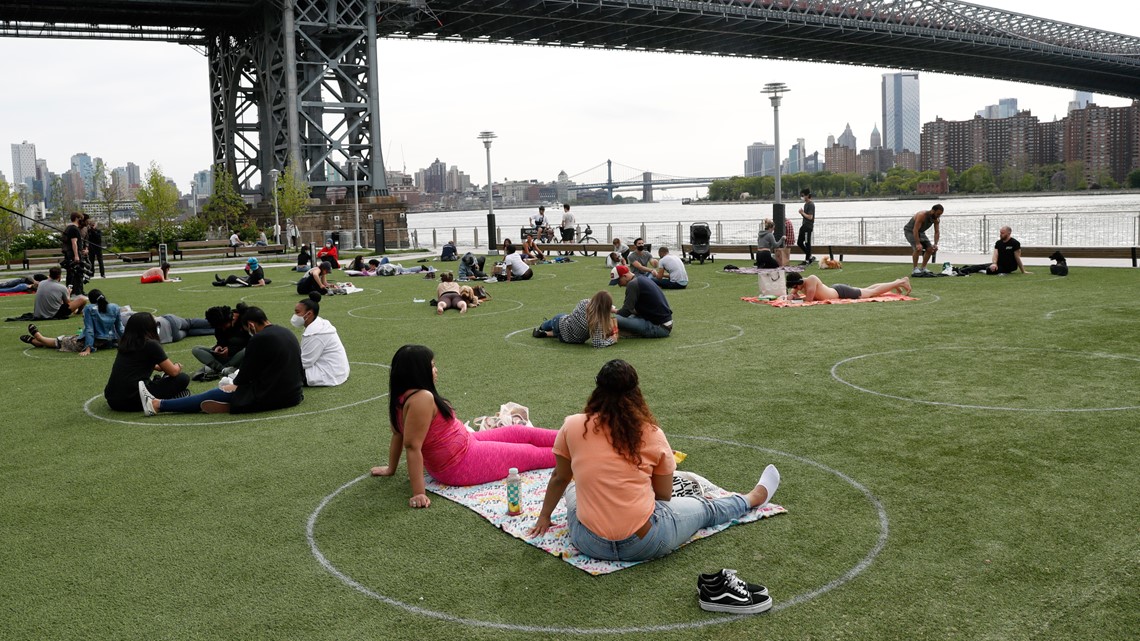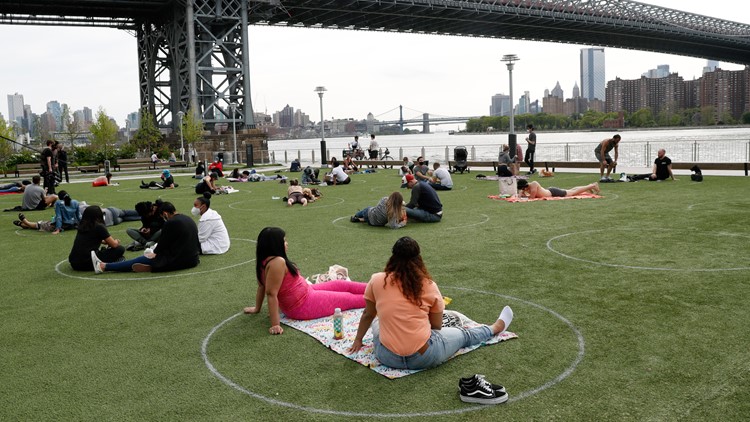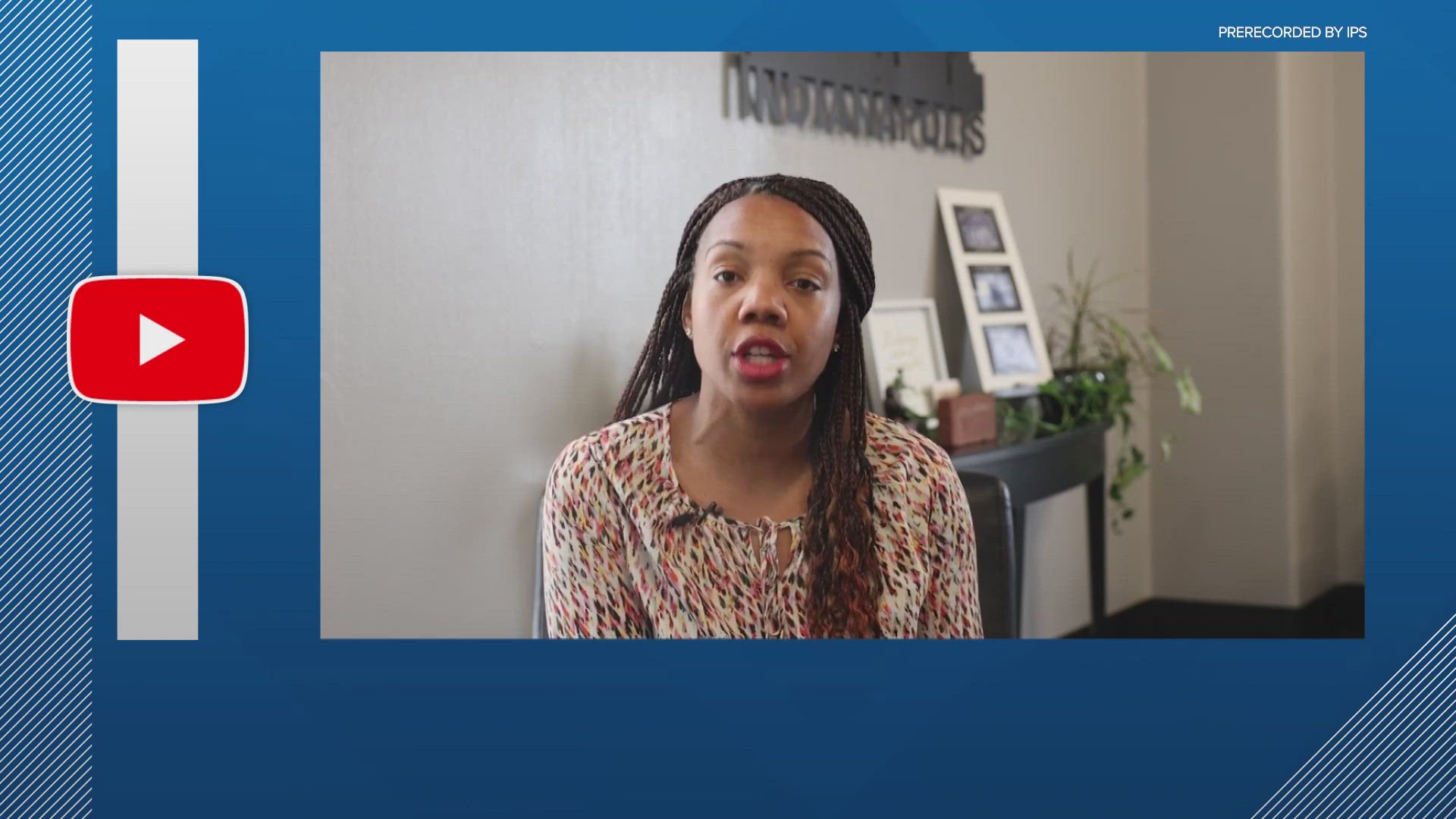WASHINGTON — Unequal access to park space in the U.S. differs greatly by income and race, a new study says this week, as such places have been significant escapes for people during the coronavirus pandemic.
According to the study published Wednesday by The Trust for Public Land, parks that serve a majority nonwhite population are half as large and nearly five times more crowded than parks that serve majority white populations.
The concern of park size and access in poor areas and communities of color comes as the summer of 2020 is predicted to be the hottest on record. With numerous city cooling centers, public beaches and pools closed, more pressure has been put on parks as a comfortable outside space for residents.
“As cities struggle with extreme heat this summer, parks are one of the best ways for residents to find relief,” Diane Regas, president and CEO of The Trust for Public Land, said in the report. “We all need and deserve parks—and all of the benefits they provide—all of the time. But during this period of compounded public health emergencies, unequal access to quality parks can be downright dangerous.”
The Trust for Public Land is a nonprofit organization that works to build parks and preserve public spaces. It says 100 million people in the U.S., including 28 million children, don't have access to a park within a 10-minute walk from home.
The group's research found that areas within a 10-minute walk of a park are as much a 6 degrees cooler than areas beyond that range. The Environmental Protection Agency says trees and other plants lower temperatures and that shaded surfaces can be 20 to 45 degrees cooler than the peak temperatures of unshaded spots. NPR reports that as temperatures rise with climate change, heat waves are the deadliest extreme weather in the U.S., including hurricanes, tornadoes or floods.


Analyzing data from 14,000 cities, towns and census-designated places across the U.S., the Trust for Public Land found when parks were within a 10-minute walk for minority communities, they were small, crowded and not easy for social distancing or ample cooling shade.
The study also concluded that parks serving low-income households were, on average, four times smaller than a park serving a majority high-income household.
With the exception of New Orleans, majority Black cities across the country including Baton Rouge, Louisiana; Memphis, Tennessee; Detroit, Atlanta and Baltimore fall below the national median of 15% of city area dedicated to park space.


